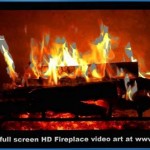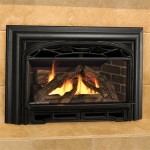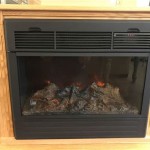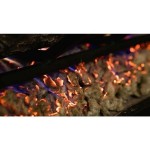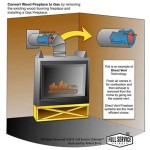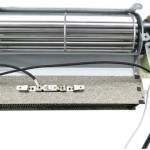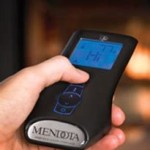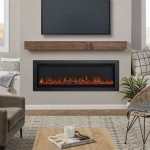Non-Vented Gas Fireplace Safety: Essential Aspects to Consider
Non-vented gas fireplaces provide warmth and ambiance, but safety should always be paramount when using them. Understanding and adhering to proper safety measures is crucial to ensure a cozy and hazard-free experience. Here are some essential safety aspects to keep in mind:
Proper Ventilation
Non-vented gas fireplaces don't require chimneys or external venting, as they burn clean-burning natural gas or propane. However, adequate ventilation is still essential to prevent the accumulation of carbon monoxide, an odorless and potentially fatal gas produced by combustion. Ensure adequate airflow by opening windows or using a fan.
Gas Leak Detection
Before igniting the fireplace, check for gas leaks. Apply a soapy water solution to gas line connections and watch for bubbles, indicating a leak. If you detect a gas odor, evacuate the area immediately and contact your gas utility provider. Never attempt to repair gas leaks yourself.
Carbon Monoxide Detectors
Install carbon monoxide detectors in the same room as the fireplace and in other areas of your home. These devices will sound an alarm if carbon monoxide levels become unsafe, providing an early warning and giving you time to evacuate.
Fireplace Maintenance
Regular maintenance is crucial for the safe and efficient operation of your non-vented gas fireplace. Have the fireplace inspected annually by a qualified technician to ensure proper gas flow, check for leaks, and clean the burner and pilot assembly. Never attempt to repair or maintain the fireplace yourself unless you have the necessary qualifications.
Oxygen Depletion
Non-vented gas fireplaces can consume oxygen in the room. Prolonged use in airtight spaces can lead to oxygen depletion, causing dizziness and other health issues. Ensure adequate ventilation and avoid using the fireplace for extended periods without opening windows or using a fan.
Other Safety Tips
- Keep flammable materials, such as curtains, furniture, and rugs, away from the fireplace. - Never leave the fireplace unattended while it's burning. - Extinguish the fireplace before going to bed or leaving the house. - Store gas cylinders in a safe and well-ventilated area.
By following these safety measures, you can enjoy the warmth and ambiance of your non-vented gas fireplace while minimizing any potential risks. Remember, safety should always come first when using any gas-powered appliance.

Are Vent Free Gas Fireplaces Safe Ventless
.aspx?strip=all)
Ventless Fireplaces Explained Safety Of Vent Free Fires

Vented Vs Ventless Gas Fireplace Logs

Vented Vs Ventless Gas Logs What S The Difference
:max_bytes(150000):strip_icc()/ventless-gas-fireplaces-4160746-hero-f9d4bdcd9bd446eb84406de306f790ba.jpg?strip=all)
How To Pick Out A Ventless Gas Fireplace

A Ventless Gas Fireplace Doesn T Belong In Your Home Greenbuildingadvisor

What Is A Ventless Gas Fireplace Experts In Gaithersbutg Md

Gas Fireplaces Direct Vent Vs Free Fine Homebuilding

Ventless Gas Fireplace Propane

Considering A Ventless Gas Fireplace Here S What You Need To Know Bob Vila
Related Posts

